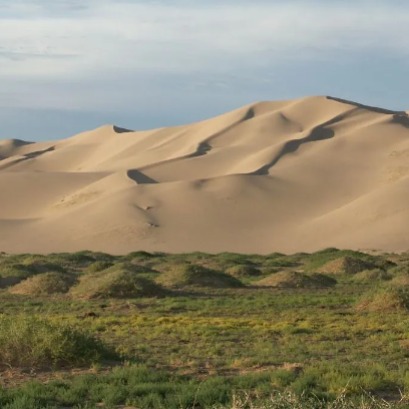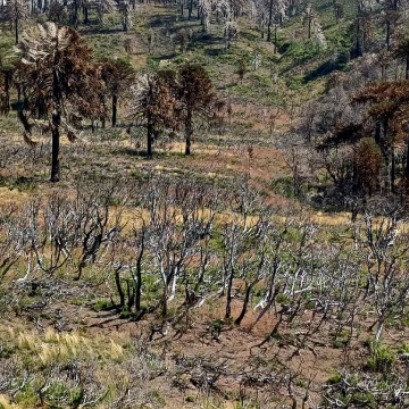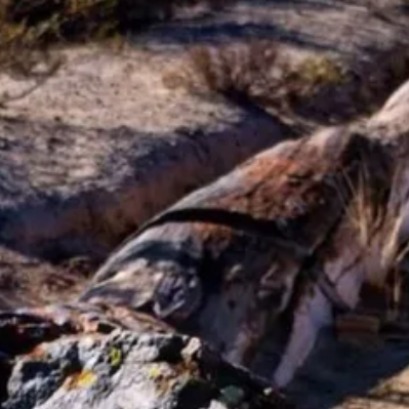
A forest is consuming one of the worlds largest deserts
The region of northern China has been affected by droughts and the advance of the desert, before this, an artificial forest glimpses as a solution
Deserts are the opposite of forests. These are vast extensions of earth characterized by its low precipitation and extreme climatic conditions. There are several in the world, which are known for their aridity and extreme temperatures. Today something unusual happens in China. With the objective of curbing the desertification that threatens northern China and affects more than 400 million people, the Asian country prepared to create a wall of 4,500 kilometers of trees. We tell you how an artificial forest is impacting the Gobi desert. A forest consumes one of the largest deserts in Gobis desert is located between northern China and southern Mongolia, in East Asia. It is one of the most extensive deserts in the world and houses various landscapes, from reddish sands and bare rocks to steppe areas. Gobis desert is also recognized by the large number of archaeological and paleontological findings. According to the specialized DW site to stop desertification, China began with a plan in the 70s. Peasants, scientists, government workers and volunteers joined together in a common cause: converting the desert into forest. It was a green belt of about 4,000 kilometers that allowed partially isolating the desert to recover just over 5 million hectares. Thus began the largest reforestation initiative in the world, which is expected to continue until 2050.The Great Green Wall in the Gobiel Government of China is very optimistic with the results of this long -term process. So far thousands of dunes have stabilized that were in motion in full desert. Likewise, the artificial forest stopped the sand storms throughout the country, was reduced by a fifth between 2009 and 2014. The number of trees planted in the desert is around 66,000, mainly of the Enterolobium cyclocarpum species and others of the Fabáceas family, given their adaptability to these lands. According to researchers, the reforestation project has created an important carbon sink that is capable of absorbing 5% of total industrial emissions.
IT MAY INTEREST YOU
 Specialists from 10 provinces develop forest landscape restoration strategies throughout the country
Specialists from 10 provinces develop forest landscape restoration strategies throughout the country
The program is developed by researchers from INTA, Conicet and the Argentine Wildlife Foundation.
 The forest of the oldest shadows: the story of the petrified trees
The forest of the oldest shadows: the story of the petrified trees
One of the natural treasures of Río Negro turns 23 years old under the protection law that allows its conservation. Where it is and how it was formed. Río Negro celebrates 23 years of conservation in the petrified forest as a Protected Natural Area (ANP). It is a space of 625 hectares that protects an exceptional site of fossil trunks that date back more than 60 million years.
 The second largest wetland in South America is located in Argentina: what is it?
The second largest wetland in South America is located in Argentina: what is it?
Argentina has national parks that place it in a unique position within South America, competing with 300 others. Which is the largest? South America is home to more than 300 national parks, but many go unnoticed. There are extensive wetlands that have been the subject of major ecological restoration projects, to coastal mountains with deep indigenous heritage. Today we tell you the case of one located in Argentina.





















